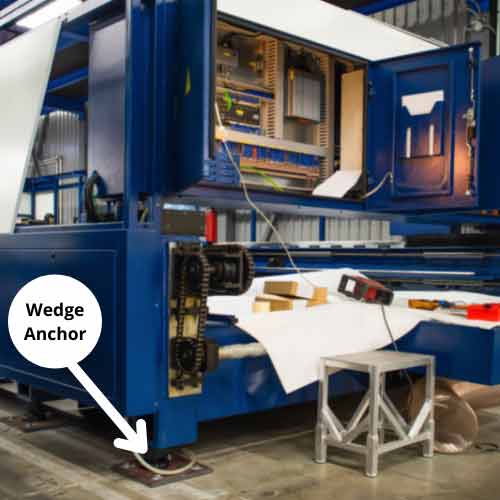tube nuts
Dec . 06, 2024 01:37 Back to list
tube nuts
Understanding Tube Nuts Essential Components in Mechanical Engineering
In the realm of mechanical engineering and systems assembly, the seemingly simple tube nut plays a pivotal role in ensuring the integrity of various applications. While they may not be the most glamorous components, these small yet vital pieces are indispensable in numerous industries, from automotive to aerospace and beyond. This article delves into the significance, types, applications, and best practices associated with tube nuts.
What is a Tube Nut?
A tube nut is a type of fastener specifically designed to secure tubing, particularly in plumbing, hydraulic systems, and pneumatic applications. Typically made from materials like brass, stainless steel, or plastic, tube nuts create a tight seal around the tubing to prevent leaks and maintain pressure. Their design usually features a hexagonal or round shape, allowing for easy tightening with wrenches.
Types of Tube Nuts
There are several variations of tube nuts, each tailored for specific functions and applications
1. Compression Tube Nuts These nuts work in conjunction with compression fittings. They are used to secure a tube within a fitting and ensure that the connection is leak-proof. Compression tube nuts are particularly common in plumbing and hydraulic systems.
2. NPT (National Pipe Thread) Tube Nuts Commonly used in high-pressure applications, NPT tube nuts feature tapered threads that create a tight seal when mated with matching fittings. NPT fittings are prevalent in oil and gas industries.
3. Push-to-Connect Tube Nuts These nuts allow for rapid installation and removal of tubing without needing tools. They are especially useful in robotics and automation, where quick maintenance is essential.
4. Locking Tube Nuts Designed to prevent loosening due to vibration or movement, these nuts often incorporate features like nylon inserts or serrated surfaces. They are essential in automotive applications where vibrations are a common occurrence.
Applications of Tube Nuts
The versatility of tube nuts makes them suitable for various applications
tube nuts

- Automotive Industry Tube nuts are used in fuel lines, brake systems, and hydraulic components. Their reliability ensures safety and efficiency in vehicles.
- Aerospace Sector In aviation, tube nuts are critical for fuel systems and hydraulic controls, where failures could lead to catastrophic outcomes.
- Industrial Equipment Machinery that requires fluid power often employs tube nuts for secure and leak-proof connections in hydraulic and pneumatic systems.
- Plumbing Applications Compression tube nuts are widely used in plumbing systems to connect pipes, ensuring a watertight seal.
Best Practices for Using Tube Nuts
To ensure optimal performance and longevity of tube nuts, consider the following guidelines
1. Proper Torque Always adhere to the manufacturer’s specifications for torque settings when tightening tube nuts. Over-tightening can lead to deformation, while under-tightening can result in leaks.
2. Material Compatibility Ensure that the material of the tube nut is compatible with the fluid or gas it will be exposed to. Using the wrong materials can lead to corrosion and failure.
3. Regular Inspections In critical applications, conduct regular inspections of tube nuts and their connections to identify any signs of wear, corrosion, or leaks.
4. Correct Tools Utilize the appropriate tools to install and remove tube nuts. Using improper tools can damage the nut and tubing, leading to potential failure points.
Conclusion
In summary, tube nuts are essential components that play a key role in ensuring the reliability and safety of fluid and gas systems across various industries. While they may often be overlooked, understanding their types, applications, and best practices can help engineers and technicians make informed decisions that enhance system performance. As technology advances, the design and materials used in tube nuts will likely evolve, but their core purpose in securing critical connections will remain unchanged.
Latest news
-
High-Quality Panel Stud Bolt Reliable Panel Stud Bolt Factory & Suppliers
NewsJul.08,2025
-
High-Precision Fine Thread Locknuts Manufacturer & Supplier Custom Solutions
NewsJul.08,2025
-
PH Imperial Stud Bolt – High Strength Fasteners from Leading Supplier & Factory
NewsJul.07,2025
-
High-Quality Allen Wrench Bolts Leading Factory, Company & Suppliers
NewsJul.07,2025
-
Wholesale Ball Stud Bolt - High Quality Supplier & Factory Price Reliable Wholesale Ball Stud Bolt Company
NewsJul.06,2025
-
High-Strength Alloy Bolts Manufacturer & Supplier Quality Alloy Fasteners Factory
NewsJul.06,2025
